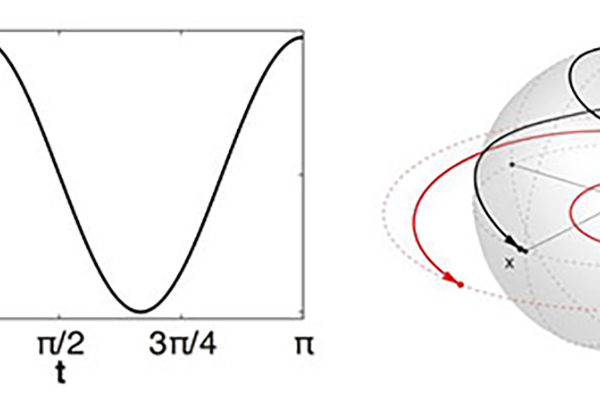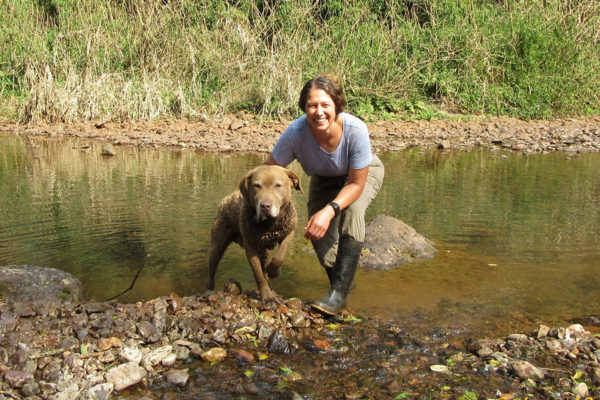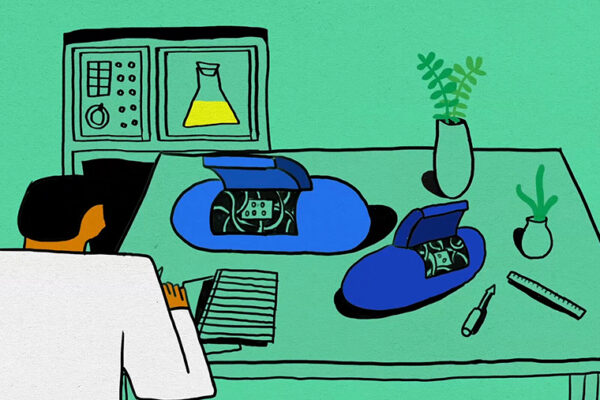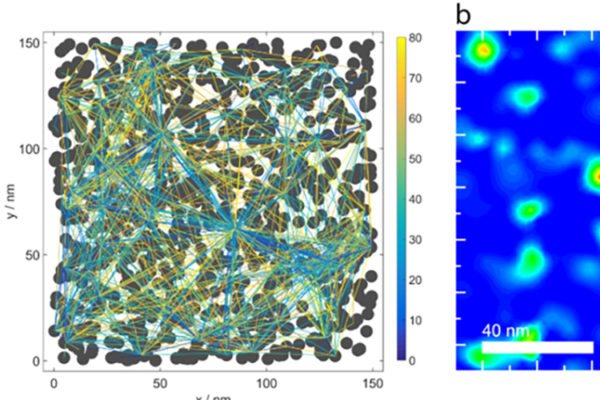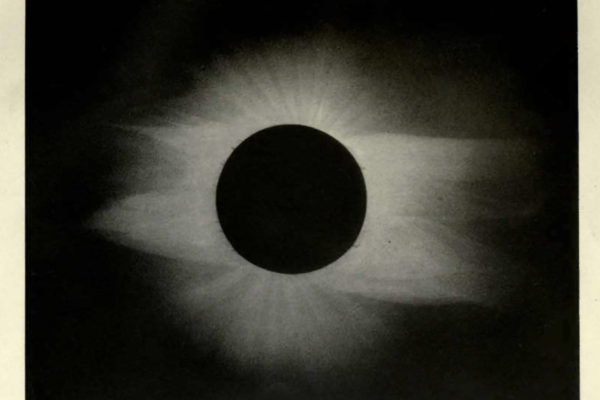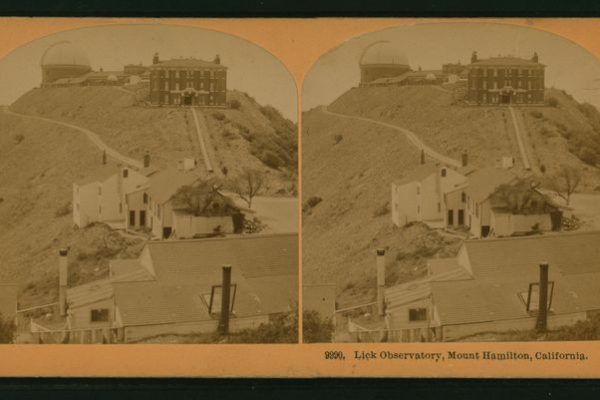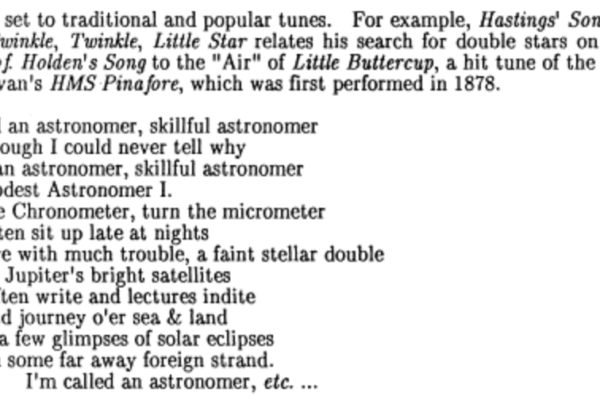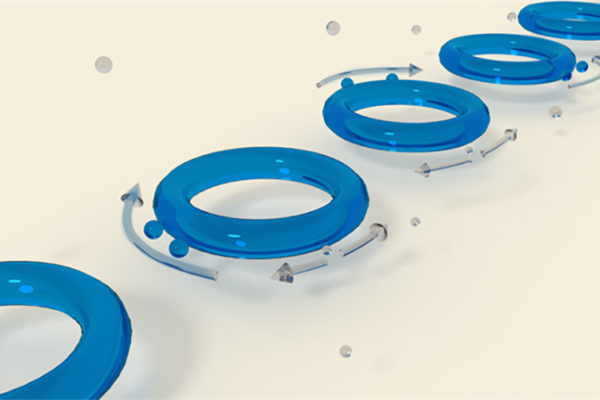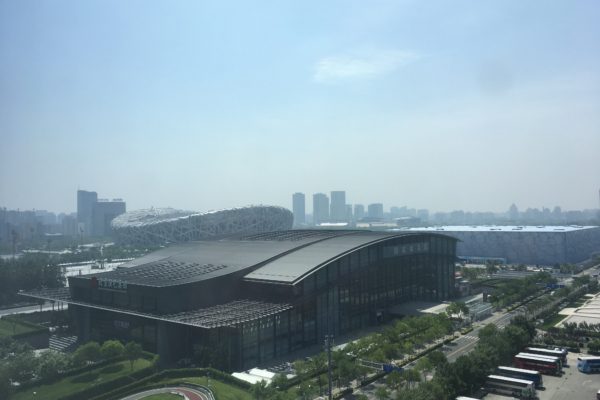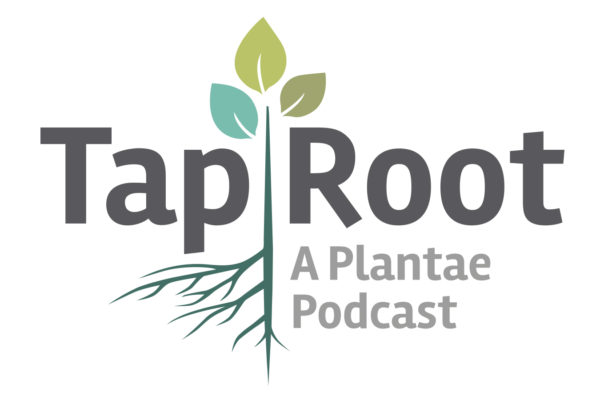Decade of work pays off
For more than a decade, an engineer at Washington University in St. Louis has sought a better way for pulse design using the similarity between spins and springs by using numerical experiments.
Research dog helps scientists save endangered carnivores
Scat-sniffing research dogs are helping scientists map out a plan to save reclusive jaguars, pumas, bush dogs and other endangered carnivores in the increasingly fragmented forests of northeastern Argentina, according to a new study from Washington University in St. Louis.
Is nature fundamentally weird?
Unlike everyday objects, quantum particles can be linked over long distances, behaving as one integrated whole, even though they are so widely separated they can’t communicate, even at the speed of light. Einstein hated the idea, which he called “spooky action at a distance.” Physicist Mark Alford explains the logic behind a famous experiment designed […]
AI implications: Engineer’s model lays groundwork for machine-learning device
In what could be a small step for science potentially leading to a breakthrough, an engineer at Washington University in St. Louis has taken steps toward using nanocrystal networks for artificial intelligence applications.
Eclipse chasers and new planet tracers
Long before GPS satellites and NASA, Washington University astronomers played a central role in the scientific observation of total solar eclipses — including a search for the elusive planet Vulcan in the late 1800s.
Observations eclipse early obstacles
Chancellor William Chauvenet nurtured Edward S. Holden’s interest in astronomy on the campus of Washington University, but Holden’s initial fascination with the field sprang from a series of circumstances associated with childhood tragedy.
Eclipse in rhyme
Edward S. Holden’s 1883 expedition report to the National Academies was written with all due respect. However, a handwritten note, written in rhyme, from a crew member of the U.S.S. Hartford suggests the voyagers enjoyed lighter moments as well.
Engineers find better way to detect nanoparticles
An engineering team at Washington University in St. Louis has made major strides recently in the study and manipulation of light. The team’s most recent discovery of the sensing capability of microresonators could have impacts in the creation of biomedical devices, electronics and biohazard detection devices.
Engineers work to fight pollution at home, globally
A group of Washington University aerosol scientists, engineers and administrators traveled to Asia this summer to address some of the important problems related to energy, environment and health that we face today. Here, four engineering faculty share their takeaways.
Bar talk
Co-hosted by Elizabeth Haswell, associate professor of biology in Arts & Sciences at Washington University in St. Louis, Taproot is a new podcast that takes listeners behind the the curtain to reveal what it was really like to do the work so opaquely described in journal articles.
Older Stories
